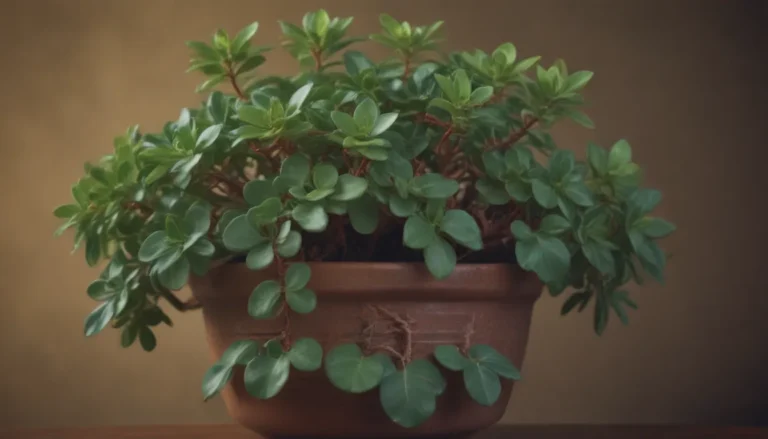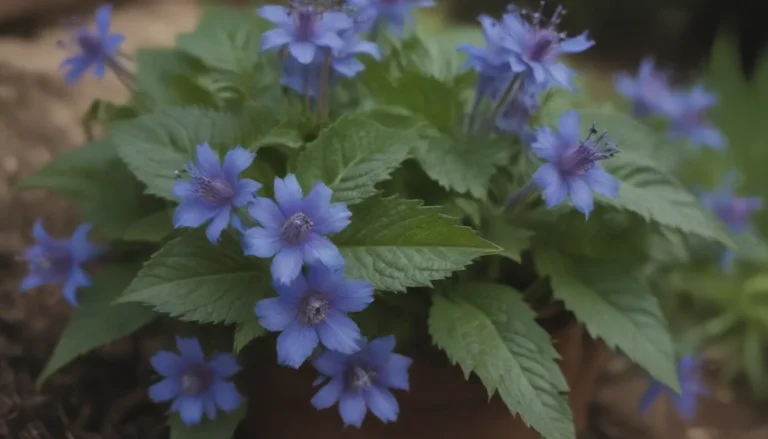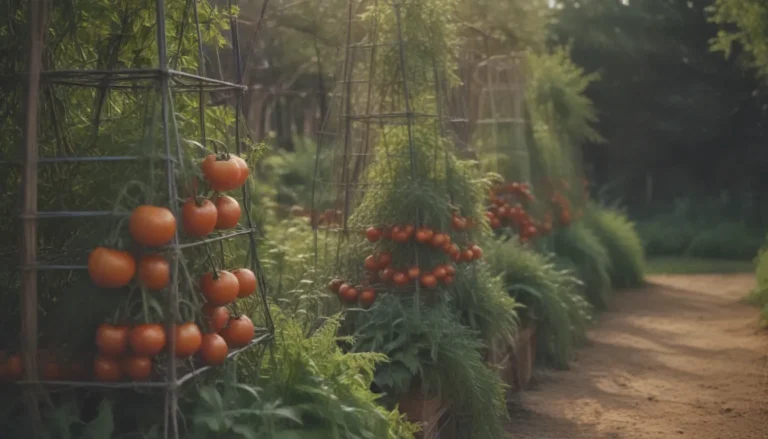How to Build Your Dream Garden Pond: 20 Essential Tips for Success

Are you looking to add a touch of elegance and tranquility to your yard? Building a garden pond is the perfect way to enhance your outdoor space and create a peaceful oasis right in your own backyard. Whether you’re interested in a fish pond, a waterfall feature, or a tranquil body of water for relaxation and reflection, a garden pond can be a beautiful focal point that brings life to your yard.
In this comprehensive guide, we’ll provide you with 20 essential tips for building a garden pond that not only looks natural but is also easy to maintain. From choosing the right pond liner to creating the perfect spillover point, we’ll walk you through everything you need to know to create a stunning pond that will be the envy of your neighborhood.
1. Make the Pond Edges Level
One of the most important steps in building a garden pond is to ensure that all edges around the perimeter are level. This is crucial, as the water level of your pond will only be as high as the lowest point of the perimeter. By making sure the edges are level from the beginning, you can avoid any issues with water overflow down the line.
2. Pond Depth Matters—Choose Wisely
The depth of your garden pond will impact various aspects of its functionality and appearance. Whether you opt for a deep or shallow pond, consider factors such as algae growth, fish safety, and overall aesthetics when deciding on the depth of your pond.
- Deep: Ideal for supporting aquatic life and providing a natural ecosystem.
- Shallow: Perfect for adding a decorative touch to your yard without the need for a significant depth.
3. Protect the Liner Against Burrowing Animals
To prevent burrowing pests from damaging your pond liner, consider laying down a metal mesh called hardware cloth as a protective barrier. This will help to keep animals like groundhogs and moles from digging underneath your pond and causing costly damage.
4. Budget for the Pond Liner
When planning your garden pond, be sure to budget for a high-quality liner. While EPDM liners are more expensive, they are durable and long-lasting, making them a worthwhile investment. If you’re on a tight budget, consider a PVC liner as a more affordable alternative.
5. Accentuate Shapes
To ensure that your pond’s curves and features stand out, consider digging the pond with slightly more pronounced curves than you initially envision. This will help to maintain the shape and design of your pond as you begin to add rocks and other elements during the construction process.
6. Create a Diversion Point for Spillover
To prevent water overflow from causing damage to your property, create a designated spillover point where excess water can safely drain away from the pond. This will help to protect your pond and surrounding area from potential flooding.
7. Avoid Tall, Vertical Pond Walls
When designing your garden pond, avoid building tall, vertical walls with loose rocks, as they can be difficult to stack and maintain. Instead, opt for gently sloped banks that are easier to construct and provide a more natural look.
8. Install a Water Filter and Skimmer
A permanent water filter is essential for maintaining the water quality of your pond. Consider installing a filter and skimmer system to keep your pond clean and clear, reducing the need for manual maintenance.
9. Terrace the Pond Bottom
To prevent rocks from sliding to the bottom of your pond, terrace the sides and bottom of the pond to create a series of steps or shelves. This will help to maintain the stability of the rocks and create a visually appealing pond design.
10. Cover the Pond Liner
Protect your pond liner from exposure and deterioration by covering it with rocks, gravel, plants, or other landscaping materials. This will help to create a seamless and natural look for your pond while extending the lifespan of the liner.
11. Find Natural Sources for Rocks
When sourcing rocks for your pond, consider natural sources such as rivers, beaches, or other outdoor locations. By collecting rocks from natural environments, you can create a more authentic and organic look for your pond.
12. Think Ahead to Cleaning
Regular maintenance is essential for keeping your pond clean and healthy. By designing your pond with a smooth bottom and easy-to-clean features, you can minimize the time and effort required to maintain your pond throughout the year.
13. Use an EPDM Liner for Durability
While PVC liners may be more affordable, an EPDM liner offers superior durability and longevity. Invest in a high-quality liner to ensure that your pond withstands the elements and remains in top condition for years to come.
14. Protect the Pond Liner with an Underlayment
For added protection, place an underlayment beneath your pond liner to cushion and shield it from sharp objects and rough surfaces. This extra layer of protection will help to extend the lifespan of your liner and prevent costly damage.
15. Terrace the Pond with Foam
Landscaping foam or rigid foam blocks can be used to create terraced features around your pond, adding depth and dimension to the design. Experiment with different foam materials to achieve the desired shape and structure for your pond.
16. Protect Against Algae Growth
To prevent algae from flourishing in your pond, position it away from direct sunlight or consider using natural algaecides to control growth. By taking steps to minimize sunlight exposure, you can reduce the risk of algae blooms in your pond.
17. Implement Safety Measures
When designing your pond, consider safety features such as shallow areas for wildlife, sturdy banks for stability, and secure covers or barriers to prevent accidents. Prioritize safety in your pond design to ensure a secure and enjoyable environment for all.
18. Enhance Your Pond with Plants
Incorporating aquatic plants into your pond design can enhance its beauty and provide natural filtration for the water. Choose a variety of plants such as water lilies, floating hyacinths, and submerged grasses to create a balanced and thriving ecosystem within your pond.
19. Incorporate Lighting for Nighttime Enjoyment
To enhance the visual appeal of your pond after dark, consider installing underwater lighting or landscape lighting around the perimeter. These lighting features can create a magical ambiance and allow you to enjoy your pond both day and night.
20. Maintain Regularly for Long-Term Enjoyment
Once your pond is complete, establish a regular maintenance routine to keep it in optimal condition. Tasks such as water testing, debris removal, and plant care are essential for preserving the health and beauty of your pond over time.
By following these 20 essential tips for building a garden pond, you can create a stunning outdoor feature that adds beauty, tranquility, and value to your property. Whether you’re a novice gardener or an experienced landscaper, these tips will help you achieve the pond of your dreams and enjoy a peaceful retreat in your own backyard. So, roll up your sleeves, grab your shovel, and start building your dream garden pond today!





